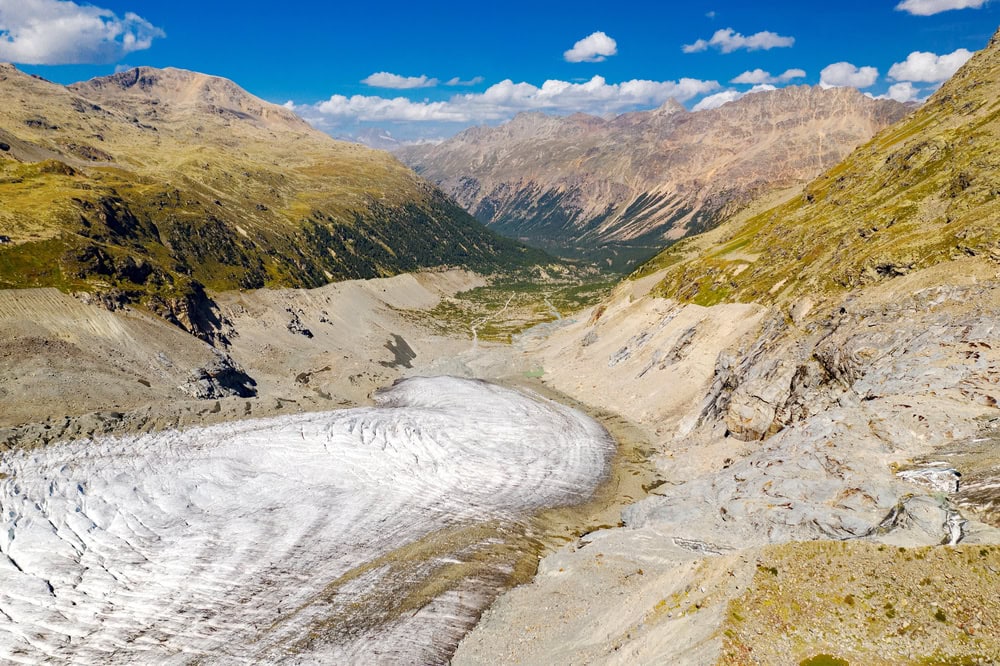Outdoor work: UV exposure higher than thought
A new study shows that outdoor workers are exposed to widely varying levels of carcinogenic UV radiation during the summer months. Sewer workers, stone crushers and roofers are particularly at risk.

People who work outdoors get more sun and thus more carcinogenic ultraviolet radiation than other employees. However, this does not apply to all outdoor workers to the same extent. For the first time, the German Social Accident Insurance (IFA) has conducted a study to determine which occupations are exposed to sunlight and to what extent.
As part of a research project, it has collected and evaluated detailed stress data for a wide range of activities in outdoor areas. The result: Over the summer months, the strain on the occupational groups concerned is as varied as their work. Tailored prevention is therefore important.
House cancer as an occupational disease
While white skin cancer can be considered an occupational disease in Switzerland, it can only be recognized as such in Germany since 2015. This primarily affects people who do a lot of outdoor work. In the case of an occupational disease, the statutory accident insurance provides support. But it also uses all appropriate means to prevent occupational diseases from occurring in the first place. "To do this, we need very precise information about which employees are particularly exposed," says Dr. Walter Eichendorf, Deputy Chief Executive of the German Social Accident Insurance (DGUV). Eichendorf: "Only then can we take targeted and effective preventive measures."
The IFA has now provided this information as the result of a large-scale study of 600 people to date: According to the results, employees in quarries or in canal construction, for example, are more than three times as exposed to UV radiation as people who work in agriculture or deliver mail on foot. Project manager and IFA radiation expert Dr. Marc Wittlich: "Some results really surprised us. For example, exposure in construction is very different depending on whether roofs are covered or scaffolding is built." The reasons for this would now have to be illuminated in detail. Wittlich: "What is clear, however, is that for all the employees observed, the exposure is so high that something has to be done."
When it comes to the protective measures employers must take, technical and organizational solutions have priority, according to the Occupational Safety and Health Act. "These include, for example, the use of sun sails or shifting work to times with lower UV exposure, such as early in the morning or late in the afternoon," says Bernhard Arenz, prevention manager at the German Employer's Liability Insurance Association for the Construction Industry (BG BAU). "If that is not enough, body-covering clothing plus head protection is definitely necessary," explains Reinhold Knittel, management spokesman for the Social Insurance for Agriculture, Forestry and Horticulture (SVLFG). "Sunscreen should be used when other protection is not possible, and it must have a high sun protection factor."
As a general rule, protection is necessary in summer even if you spend only a few minutes outdoors. Because long-term damage can occur even without sunburn. "This should be taken into account not only at work, but also during leisure time," says Eichendorf.









